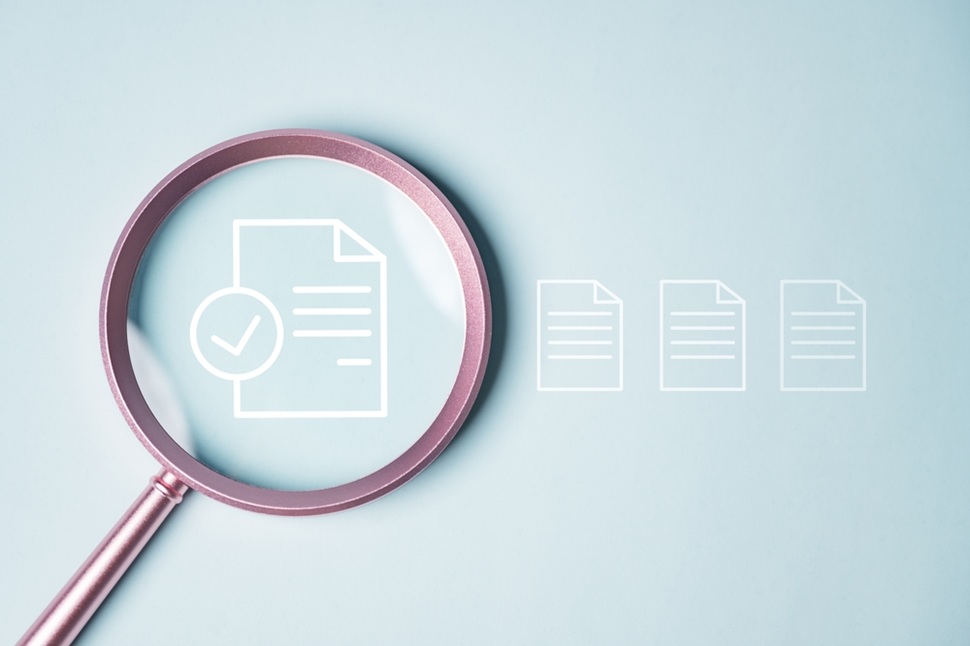In 2025, Form I-9 compliance is more critical than ever for U.S. employers. With the U.S. Citizenship and Immigration Services (USCIS) releasing an updated Form I-9 and U.S. Immigration and Customs Enforcement (ICE) increasing scrutiny, businesses must stay proactive to avoid costly penalties. This article explores the latest Form I-9 updates, ICE audit expectations, and actionable steps to ensure workplace compliance.
Understanding the Updated Form I-9 for 2025
The USCIS released a new version of Form I-9, Employment Eligibility Verification, on January 20, 2025, with an expiration date of May 31, 2027. This form is mandatory for verifying the identity and work authorization of every employee hired in the United States, regardless of citizenship status. Key changes include revised descriptions for two List B documents and updated statutory language in the form’s instructions. The DHS Privacy Notice has also been reworked to align with current regulations. Employers can continue using the August 1, 2023, version until its expiration, but transitioning to the latest form ensures compliance with the most recent standards.

For businesses using electronic I-9 systems, it’s vital to ensure these platforms meet DHS retention requirements, including secure storage, detailed audit trails, and access controls to prevent tampering. Non-compliant systems could lead to penalties during an ICE audit, making it essential to verify system integrity now.
Why ICE Audits Are a Growing Concern
ICE audits are set to intensify in 2025, driven by a renewed focus on immigration enforcement under the current administration. These audits, initiated by a Notice of Inspection (NOI), require employers to produce Form I-9 records within three business days. ICE’s Homeland Security Investigations (HSI) division reviews these forms for technical errors, missing documentation, or unauthorized employment, with potential fines ranging from $2,861 per paperwork violation to $28,619 for repeated offenses of knowingly employing unauthorized workers.
High-turnover industries and federal contractors face heightened risk, as ICE often targets businesses based on Social Security Number mismatches, employee complaints, or prior violations. California employers must also post a notice within 72 hours of receiving an NOI, adding to compliance complexity.
Best Practices for Form I-9 Compliance
To navigate these challenges, employers should adopt proactive strategies:
Conduct Regular Internal Audits: Perform periodic internal audits to identify and correct errors in Form I-9 records. This process helps discard outdated forms and strengthens compliance before an ICE inspection. Engaging an immigration attorney or trained specialist ensures accuracy.
Train HR Staff: Proper training on Form I-9 completion and verification is crucial. Avoid assigning the same employee to both complete and audit forms to maintain objectivity.
Leverage E-Verify: Enrolling in E-Verify, DHS’s online employment eligibility verification system, can streamline compliance, especially for federal contractors. Ensure your E-Verify account is in good standing to use remote verification procedures.
Maintain Supporting Documentation: Retain copies of identity and work authorization documents with Form I-9 records, separate from personnel files. This practice can reduce penalties by proving technical rather than substantive errors during an audit.
Prepare for Worksite Visits: Develop a protocol for handling ICE raids or USCIS inspections. Consult legal counsel to understand your rights, such as requiring a judicial warrant for workplace access beyond public areas.
Avoiding Common Pitfalls
Many employers inadvertently make errors, such as incomplete forms or improper document verification, which can lead to significant fines. For instance, accepting fraudulent documents or failing to complete Form I-9 within three business days is considered a substantive violation. Regular audits and robust training programs can mitigate these risks. Additionally, employers using electronic I-9 systems must ensure compliance with ICE regulations, as non-compliant systems have led to penalties in recent cases.
The Role of E-Verify in 2025
E-Verify is increasingly vital for compliance, especially for employers in states where it’s legally required. The system has been updated to reflect the January 20, 2025, Form I-9 edition, and participants must ensure their processes align with these changes. Recent technical issues with E-Verify, such as mismatches between April 9 and May 5, 2025, highlight the need for vigilance in monitoring system performance.
With immigration enforcement on the rise, 2025 is not the year to overlook Form I-9 compliance. By adopting the latest form, conducting internal audits, training staff, and leveraging E-Verify, employers can reduce risks and ensure readiness for ICE audits.
Subscribe to The HR Digest for the latest HR news and employment updates.





